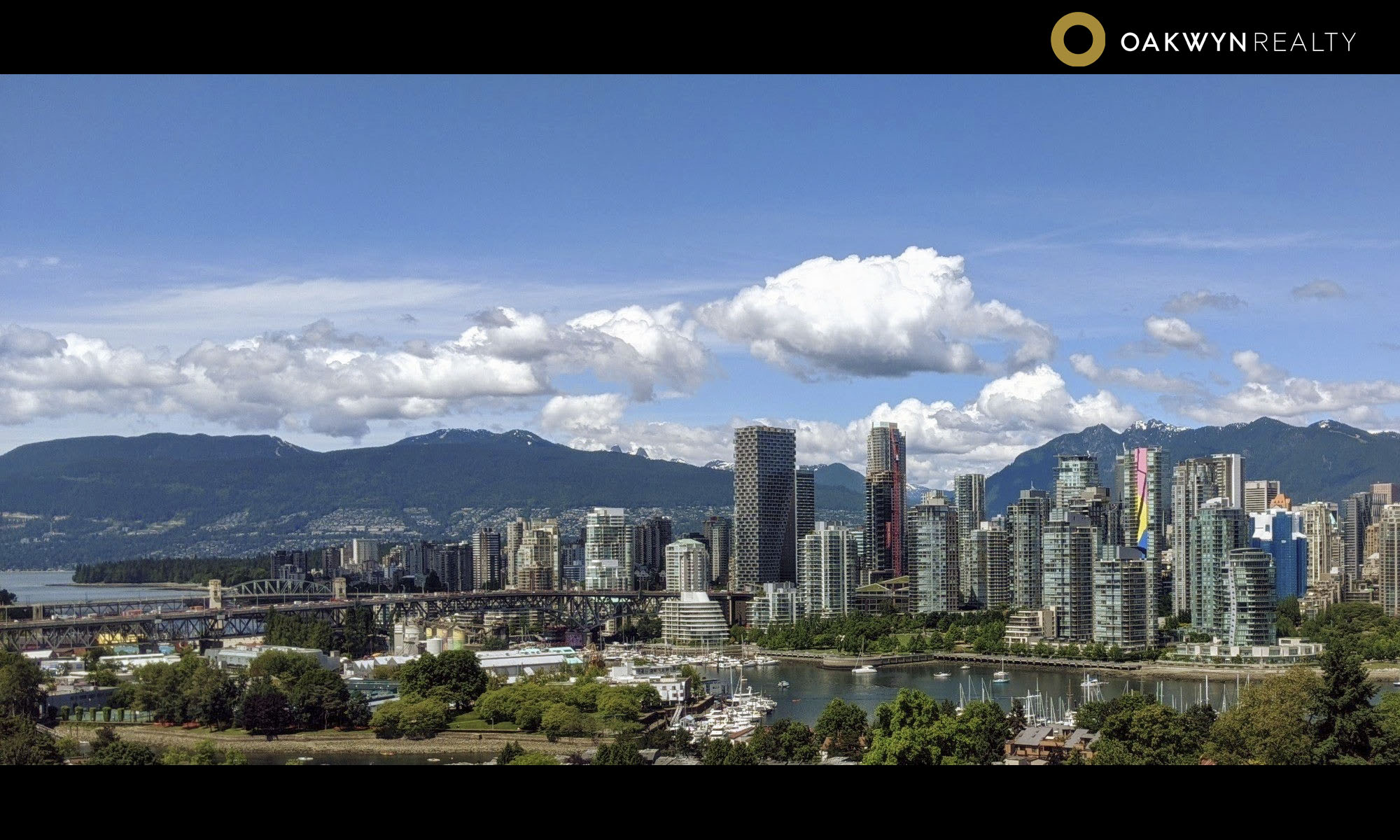Real Estate Board of Greater Vancouver released their monthly stats report today click here to read.
Home sale last month (May 2017) is reaching the “all-time record sales number” of May 2016 and an 23% increase from April 2017 (see infographic below).
“While sales are inching closer to the record-breaking pace of 2016, the market itself looks different. Sales last year were driven by demand for single-family homes. This year, it’s clear that townhomes and condominiums are leading the way,” said Jill Oudil, president of the Real Estate Board of Greater Vancouver (REBGV).
She said first-time home buyers and people who are downsizing from single family houses are both competing for condos and townhomes while the numbers of homes available for sale remained low.
This is pushing the sales-to-actives ratio for condominium to 95%, meaning almost all (95%) of condos listed are sold. The days a property remains on the market remains low. Buyers have to take action right away or risk losing out. It is often looking at the property today and make offer this or the next evening, often with little or no subjects. We are seeing sold price almost $30,000 to $100,000 above asking price for condos!
Single family houses are also returning to sellers market from buyers market at the end of last year with sales-to-actives ratio reaching 31% last month.
The sales-to-actives ratio for townhomes remain strong at 76%.
All property types are now in sellers market. AGAIN.



